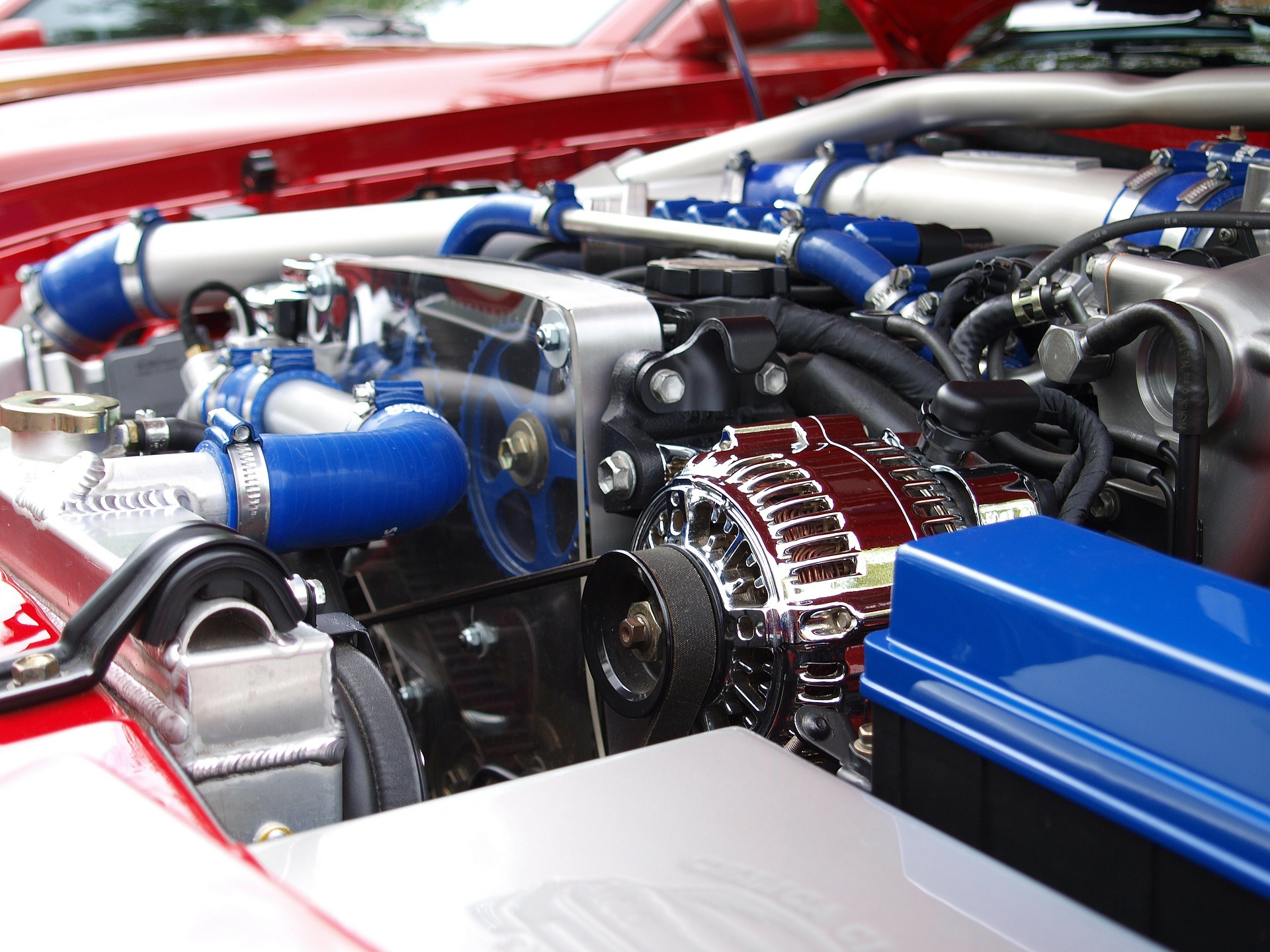Understanding Viscosity - What Those Numbers Mean On A Quart of Oil
By on Apr 03 2013

Picking out the proper grade motor oil is becoming increasingly difficult.
With OEM constantly coming out with new recommendations to keep up with today's emission standards and fuel mileage regulations, the numbers on the front of a quart of Motor Oil are becoming more and more confusing.
Hopefully, we can shed a little light on what these numbers represent and why there is a need for so many different —Grades " of Motor Oil.
Viscosity Grade
A group called the Society of Automotive Engineers (SAE) came up with a system of numbers to assign a viscosity grade to motor oil. The sole purpose of this group is to test the lubricants resistance to flow, also known as viscosity. Lubricant quality and specifications are tested by an entirely different group.
Engineers use a device called a viscometer to measure how fast oil will flow through an orifice at 210 degrees F. The thicker the oil is, the slower it will move through the orifice. Thicker (Higher Viscosity) oils are assigned a higher number. An example of that would be an SAE 50. Thinner (Lower Viscosity) oils are assigned a lower number like SAE 10.
Multi-Grade Motor Oil
To make things even more confusing we also have Multi-Grade (Multi-Viscosity) motor oil. This is where the —W " comes in. Multi-Grade oils are necessary for colder climates where cold startups are an issue. Oil is much more resistant to flow in cold temperature and therefore we need an oil designed to flow more freely at startup when the temperature drops.
When engineers are grading Multi-Viscosity oils they can use a predetermined lower temperature when running the oil through the viscometer and measure how fast it flows through the orifice at that temperature. That will give us our first number. To get the second number on a Multi-Viscosity grade oil the same test is run on the same oil at 210 degrees F (Normal Operating Temperature).
Viscosity Improvers
But here is the problem. When we increase the —temperature of oil the, the viscosity drops, so why is the second number always higher? That is where viscosity improvers come into play. Viscosity improvers do exactly as their name states: improve viscosity. If we use 10W-30 as an example the 10W represents the oils weight at cold startup and the 30 is the oils weight at normal operating temperature.
Viscosity improvers allow molecules in the oil (SAE 30) to shrink as temperature decrease, thus lowering the viscosity of the oil for cold start-ups (SAE 10W). If you add even more viscosity improvers to the oil, 5W-30 can be achieved. So why the need for the oil's viscosity to increase as the engines warms up? If the oil remains a 10W at normal operating temperature severe damage will occur to the motor due to the oil being too thin.
We only want the oil thin at start up so it can quickly get to critical engine components and as the —temperature in the motor increase, viscosity increases back to its normal SAE 30 to maintain proper engine lubrication and protection.
To meet the new demands from the EPA we are seeing lower viscosity grades from OEM's, such as 0W-20 and 0W-30. Not all viscosity grades can be met by throwing a bunch of Viscosity Improvers into oil, but we can save that for another day.
Check back soon for John Gula's next article on the new EPA standards for viscosity in OEM's.






